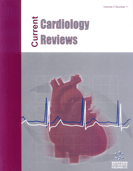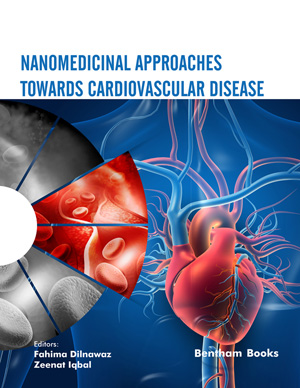Abstract
There have been significant advancements in the ability of echocardiography to provide both morphological and functional information in children with congenitally malformed hearts. This progress has come through the development of improved technology such as matrix array probes and software which allows for the off line analysis of images to a high standard. This article focuses on these developments and discusses some newer concepts in advanced echocardiography such is multi-planar reformatting [MPR] and tissue motion annular displacement [TMAD].
Our aim is to discuss important aspects related to the quality and reproducibility of data, to review the most recent published data regarding advanced echocardiography in the malformed heart and to guide the reader to appropriate text for overcoming the technical challenges of using these methods. Many of the technical aspects of image acquisition and post processing have been discussed in recent reviews by the authors and we would urge readers to study these texts to gain a greater understanding [1]. The quality of the two dimensional image is paramount in both strain analysis and three dimensional echocardiography. An awareness of how to improve image quality is vital to acquiring accurate and usable data.
Three dimensional echocardiography (3DE) is an attempt to visualise the dynamic morphology of the heart. Although published media is the basis for theoretical knowledge of how to practically acquire images, electronic media [eg.www.3dechocardiography.com] is the only way of visualising the advantages of this technology in real time.
It is important to be aware of the limitations of this technology and that much of the data gleaned from using these methods is at a research stage and not yet in regular clinical practice.
Keywords: Three dimensional echocardiography, Deformational imaging, TMAD.


















